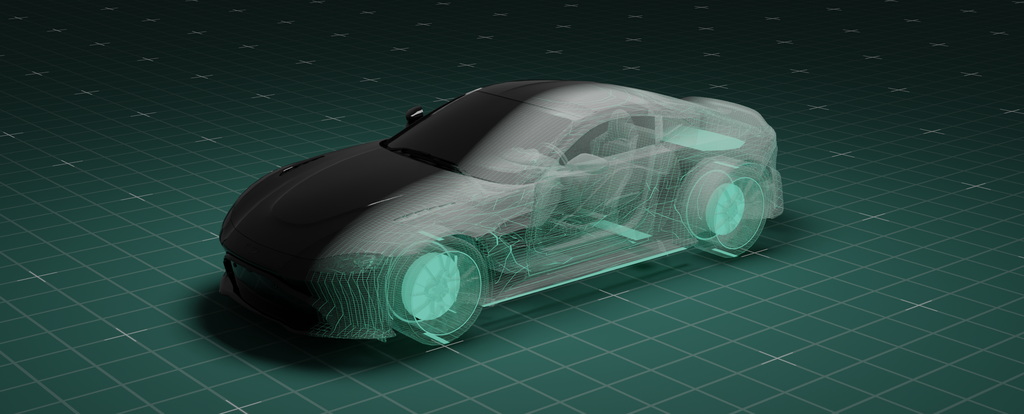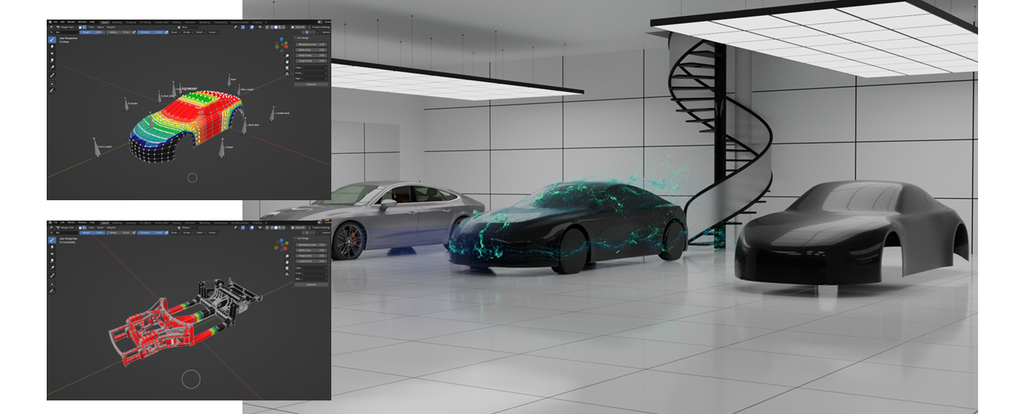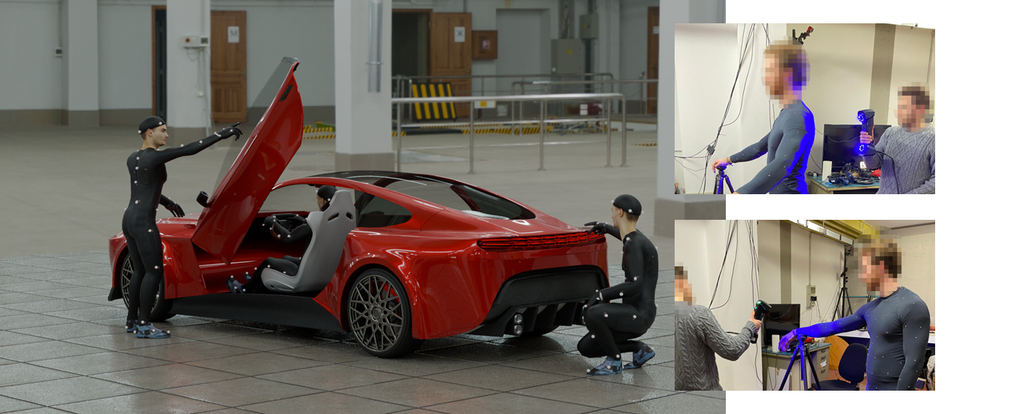Car Design and Simulation
This research area focuses on accelerating, optimizing and simplifying the design and development of new vehicles, covering both vehicle architecture (including powertrain systems) and exterior body design. The aim is to support the creation of market-ready, human-centered and technically sound mobility solutions through innovative digital methods.
Research activities include:
- AI-Driven Design Exploration: Implementation of advanced AI techniques for generative design, including text-to-2D, 2D-to-2D, text-to-3D and 2D-to-3D pipelines, enabling rapid visual and geometric concept generation in early-stage vehicle design.
- Strategic Product Definition: Development of structured design methodologies, such as Quality Function Deployment (QFD), Stylistic Design Engineering (SDE) and Industrial Design Structure, to guide the creation of vehicle concepts aligned with market needs, user expectations and brand identity.
- Vehicle Architecture and Digital Twin: Integration of digital twin technologies and virtual simulation environments to optimize vehicle packaging, component placement and human-centered ergonomics. This enables faster iteration and cost-effective validation of layout constraints and mechanical integration.
- Rapid Surface Modeling: Investigation of methods to directly model 3D exterior surfaces from stylistic sketches, bypassing traditional blueprint stages. Human references and internal architecture are embedded early in the design process using immersive VR and MR tools to support conceptual modeling in real scale.
- Technical Validation and Optimization: Simulation-based evaluation of vehicle dynamics, structural performance and aerodynamic behavior. Emphasis is placed on balancing stylistic choices with functional requirements to refine the vehicle's form and performance.
- Immersive Visualization and Prototyping: High-resolution rendering, real-time animation and immersive visualization using VR and MR technologies allow full-scale presentation of design concepts without the need for complete physical prototypes. Selective physical prototyping combined with digital rendering supports efficient and expressive style validation.


